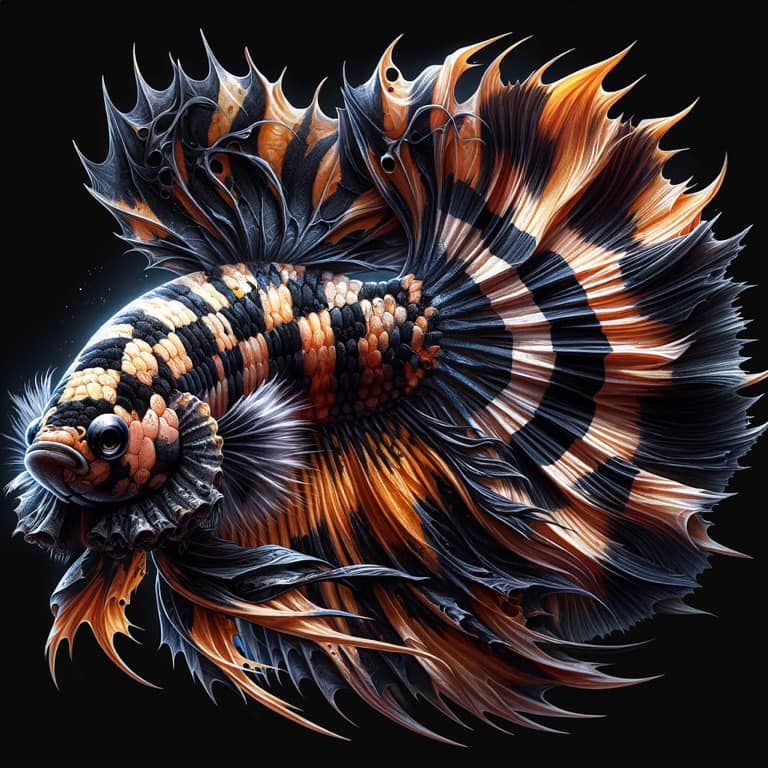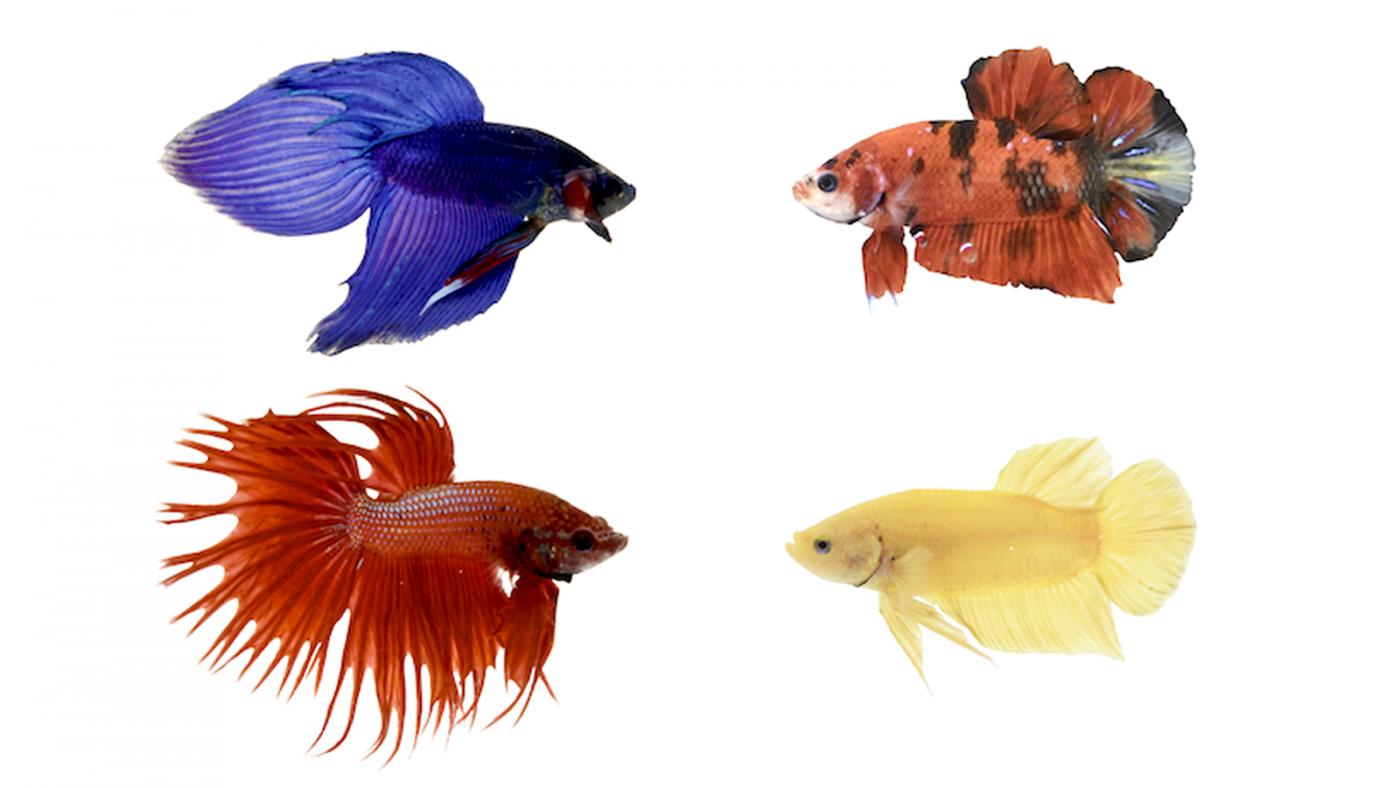Just how to Pick the Right Betta Fish for Your Aquarium
Just how to Pick the Right Betta Fish for Your Aquarium
Blog Article
Reproducing Betta Fish: a Comprehensive Step-By-Step Overview to Successfully Raising Infant Bettas From Eggs to The Adult Years
Breeding Betta fish is a precise venture that calls for mindful planning and execution to guarantee the successful development of fry from eggs to develop fish. Picking genetically diverse reproduction couple with desirable attributes is only the start; creating an optimal atmosphere and recognizing the complexities of the reproducing process are just as important. As the male Betta faithfully constructs a bubble nest and guards the precious eggs, the subsequent phases of treatment and change need focus to detail and knowledge of finest techniques. Just how does one browse the challenging yet satisfying course of supporting these vibrant creatures to adulthood?

Selecting Reproduction Pairs
When beginning on the journey of reproducing Betta fish, choosing the best breeding pairs is critical to attaining desirable traits and a healthy and balanced lineage - betta fish. The very first step in this process is to recognize the particular attributes you want to enhance or maintain, such as shade, fin type, and body form. It is necessary to pick genetically diverse sets to avoid inbreeding, which can lead to health concerns and unfavorable characteristics
Examine potential reproducing prospects meticulously. A healthy male Betta should display vivid colors, an energetic behavior, and well-formed fins, while the lady ought to likewise display vivid pigmentation and a rounded tummy, suggesting preparedness for spawning. Observing the personality of both fish is crucial, as hostile or overly timid people may not breed efficiently.
Maintaining documents of the moms and dad fish's origins can assist you track hereditary attributes and possible concerns. Ultimately, spending time in the option process will considerably enhance the probability of generating strong, dynamic offspring that meet your breeding goals.

Preparing the Reproduction Tank
Developing an optimum breeding setting is a crucial action after choosing ideal sets for Betta fish. The breeding container ought to be especially created to provide convenience and promote the natural breeding actions of the fish. Begin with a container size of a minimum of 10 gallons to make sure sufficient room for both the male and women Bettas.
Maintain a mild filtration system to maintain the water tidy while staying clear of strong currents that can emphasize the fish. Additionally, an air rock can be added to supply oxygenation without interfering with the water surface way too much.
Temperature regulation is critical; objective for a secure variety of 78-82 ° F(25-28 ° C) using a dependable heating system. The pH level ought to be kept between 6.5 and 7.5, and routine water adjustments are required to make certain high water high quality.
Include drifting plants or spawning mops to develop concealing places for the woman, while also encouraging bubble nest building go to my site by the male - betta fish. Lastly, guarantee the tank is free from sharp decorations and any possible dangers, as the welfare of the fish should always be prioritized throughout this essential phase of breeding.
The Reproduction Process
Normally, the breeding process for Betta fish includes a collection of distinctive and observable behaviors that suggest readiness for reproduction. The male Betta starts by developing a bubble nest at the water's surface, which serves as a site for the fertilized eggs. This nest is important, as it offers a risk-free atmosphere for the eggs up until they hatch out.
As soon as the nest is developed, the man will show courtship habits, such as flaring his fins and exhibiting dynamic shades to attract the lady. The lady, upon noticing the male's readiness, will react by presenting upright red stripes along her body, indicating her receptiveness.
When the female methods, the male takes part in a breeding dancing, commonly causing a welcome called the "spawning." During this embrace, the lady launches her eggs, which the male fertilizes instantly. The fertilized eggs after go to this site that fall to the bubble nest, where the male meticulously accumulates and returns them to the nest. Following this, the male presumes responsibility for securing the nest and making sure the security of the eggs until they hatch, usually within 24-36 hours. This stage is essential in the reproducing process, laying the structure for successful fry growth.
Caring for Betta Fry
Taking care of Betta fry calls for cautious attention to their setting and nourishment to make certain healthy and balanced development and advancement. After hatching out, Betta fry are incredibly little and at risk, necessitating a steady and clean environment. Preserving a water temperature level between 78 ° F and 80 ° F is critical, as Betta fry flourish in cozy problems. Additionally, make sure that the water is devoid of harmful toxins; routine water modifications of 10-20% are suggested to preserve optimal water top quality.
Feeding Betta fry is similarly important. At first, they need to be used infusoria or carefully crushed premium fry food, as their mouths are as well small to take care of larger particles. As they grow, you can progressively introduce click this site bigger foods, such as child brine shrimp or powdered flakes, to guarantee they obtain adequate nourishment. Feed them percentages numerous times a day, taking care not to overfeed, which can cause water top quality issues.
Transitioning to Adult Bettas
As Betta fry mature, transitioning them to grown-up Bettas is an important phase that needs mindful administration of their atmosphere and social interactions. This process normally starts when the fry get to around 6 weeks of age, whereupon they can be gradually introduced to a much more structured living setting.
To facilitate this transition, it is vital to ensure that the water criteria-- such as temperature level, pH, and ammonia levels-- are ideal and steady. Adult Betta fish thrive in warm water (around 78-80 ° F) with a pH of 6.5 to 7.5. Progressively accommodate the fry to these conditions to minimize stress.
Social communications are one more vital variable; male Bettas are infamously territorial and aggressive. For that reason, it is suggested to separate men right into private tanks as they mature. Women Bettas can be housed with each other, but treatment should be required to keep an eye on for indications of hostility.
Furthermore, dietary modifications need to be made as the fry grow. Include top quality pellets and live foods to sustain their development and health. By handling these variables effectively, you can advertise a successful shift to adulthood for your Betta fish.

Final Thought
Effective breeding of Betta fish calls for cautious attention to information throughout the entire procedure, from selecting genetically varied pairs to giving optimal treatment for fry. Furthermore, a balanced diet regimen and progressive adjustment to grown-up settings are critical for the growth and development of Betta fish.
Report this page